Life Cycle
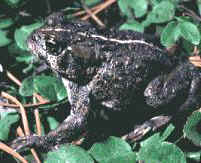 Breeding occurs after ice melts from the wetlands, usually between mid-May and early June but as late as July at high elevations. Field biologists see toads crawling across snow banks in the early spring to reach nearby wetlands to breed.
Breeding occurs after ice melts from the wetlands, usually between mid-May and early June but as late as July at high elevations. Field biologists see toads crawling across snow banks in the early spring to reach nearby wetlands to breed.
Boreal toad males don't call like most other toads and frogs to attract females. During breeding season the males simply sit around in the water near the shore, waiting for a female to swim past. Their call is used as a release call. Researchers only hear it when they are handling the toad. The toad is basically saying LET ME GO!
When a toad finds a mate, the male toad clasps the female in an embrace called amplexus. Males literally ride on female backs, sometimes for days. The male does not fertilize the female's eggs internally, instead this behavior (amplexus) seems to prompt the female to lay hundreds of eggs in the water of a still wetland. While the male is grasping the female's back, he drenches the eggs with a milky cloud of sperm. This grasping position guarantees that the eggs will be fertilized.
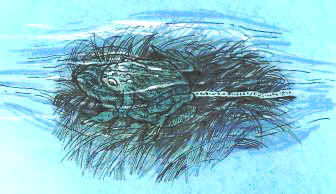
Metamorphosis
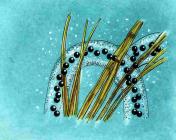 | 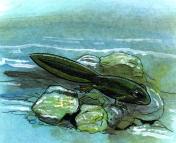 | 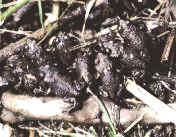 |
Long strands of jet black eggs can be seen at the bottom of a still pond or attached to submerged plants. Eggs hatch in about 2 weeks. The young gilled tadpoles that emerge from the egg mass stay underwater until they mature into adults. Tadpoles change into tailed toadlets and then to very small toads from late July through early September. At first they are tiny, but adult boreal toads grow to 4 inches in length.
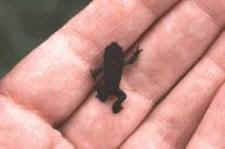 This process of abrupt changes in the structure of an animal (as in a butterfly or a toad) is called Metamorphosis.
This process of abrupt changes in the structure of an animal (as in a butterfly or a toad) is called Metamorphosis.
